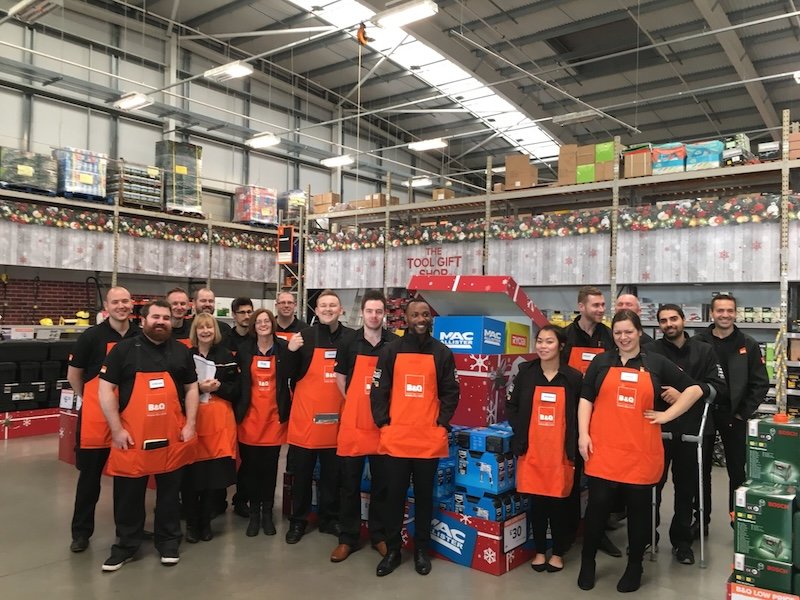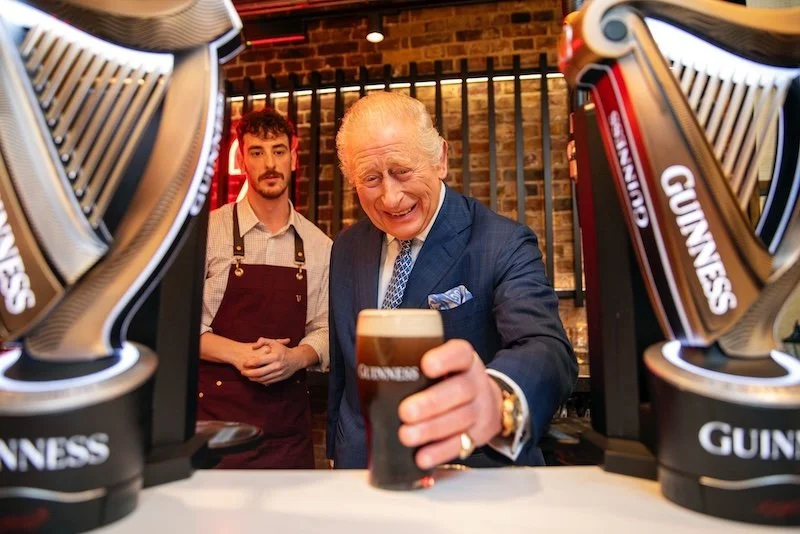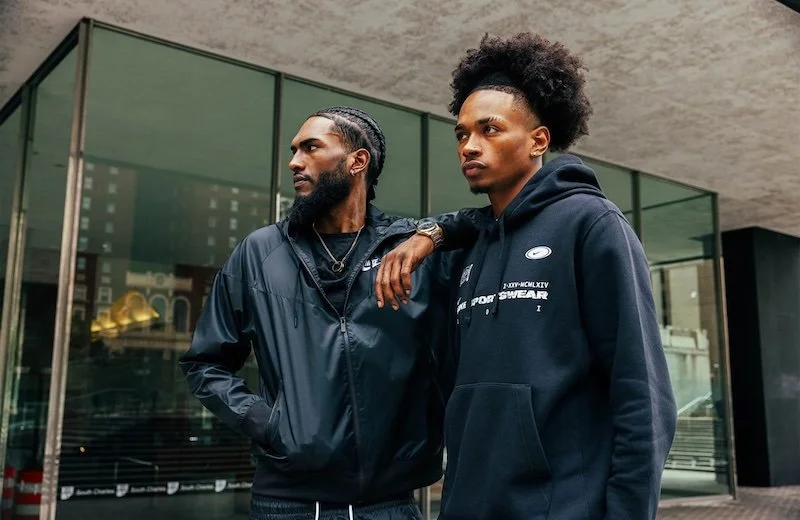The rise of online – retail villain, or unsung hero?
By Heather Barson, Director of Retail and Hospitality, Fujitsu UK and Ireland
For several years now the death of the High Street has made headlines, with many heritage and household retail brands sadly filing for bankruptcy and closing their doors for good. The main villain in these articles – e-commerce and the rising popularity of online shopping. It is true that online sales are on the up. It’s hard to find an industry that technology hasn’t touched in some shape or form. Most recently, ONS revealed online sales made 17.2% of February’s total retail sales. That’s over a 10% increase from the previous year.
For some retailers, there is a clear apprehension about investing the time and money into their digital operations. For larger brands, many have a mass of legacy systems that can make the prospect of making new digital innovations unfathomable. However, to avoid becoming the latest casualty of the High Street, it’s critical that brands embrace the possibilities of digital, rather than burying their heads in the sand. There is often the perception that a retailer or brand is either great at its in-store experience or its online operations, with the two living in silos. This doesn’t have to be the case, however, as the experience works best for the consumer when the both work as one overall experience.
Digitally confident
One brand that has not shied away from the prospect is Ted Baker. In recent years, it has made a concerted effort to up its digital game. With a new mobile app service, Click and Collect function, improved web experience and in-store showrooming layout, it delivers a slick, glossy and, most importantly, efficient and functional service for its customers, enabling them to shop in whichever way they choose. And the proof is in the pudding. Ted Baker’s annual results demonstrate that it is reaping the rewards of its digital-first approach.
February’s growth in sales across the board is, of course, positive news for the industry. What is interesting about the results is the steady increase we are seeing in the proportion of sales originating from online. This, in line with Ted Baker’s annual figures which demonstrated strong online sales, clearly emphasises the picture that consumers are increasingly opting to shop via more digital channels. What can retailers therefore learn about consumer behaviour from these results? And more importantly, how they can apply new innovations to their in-store experiences?
Time for active and actionable listening
Undeniably, technology is a powerful influence on where consumers shop. Four in five consumers have even said they would spend more in a shop with a better technology experience. Given the challenges in the current retail landscape, retailers need to think about how they can use technology in their stores to improve customer loyalty and revenues. This means, listening to what consumers want.
We recently found 46% of UK consumers believe augmented reality will positively impact retail, with virtual reality behind at 22%. However, only 50% of retailers have a digital strategy to implement these technologies. This begs the question, where are we seeing this disconnect of what consumers say they want and retailers hearing them come from?
It’s understandable that we are seeing a reluctance from retailers to take the necessary steps. In an increasingly competitive marketplace, with new disruptions coming from all angles, it can be hard to know which technologies to prioritise, especially when ROI is top of mind to ensure they make their bottom line. One thing retailers cannot overlook, is where customers' needs and requirements are going when it comes to their shopping experience.
Evolving in symbiosis with the customer
Retailers need to evolve alongside their consumers and adopt new technologies that will help innovate new experiences which will draw the next generation of shoppers, and continue to provide an experience for existing customers that excels. Shopping today is now very much experiential, both online and in-store. Bringing innovative new ways to shop can enhance that experience to make it more interactive, digitally enabled and help boost sales and customer loyalty for years to come.
If retailers want to see success like Ted Baker, they cannot deny consumers' desire for technology and need to embrace digital innovations. Retailers need not see online and digital innovations as the villain, out to destroy their stores. They need to think about how they can apply this to their whole experience, from online, mobile, to in-store, for a cohesive and complete customer journey.










Continue reading…